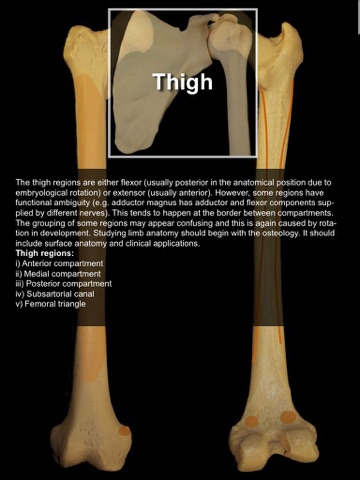
Anatomy is learnt not taught. The study of anatomy involves the acquisition of a large amount of basic information. The use of this basic information to draw inferences from signs and symptoms is the science of anatomy and the basis of clinical medicine.
The size of the database forming the body of basic anatomical knowledge is substantial and often leads to the pointless acquisition of irrelevant minutiae. This program has been written to help you direct your study without getting lost in these minutiae. The key to retaining anatomical knowledge is to see it in a clinical perspective – irrelevant facts or meaningless lists and numbers do not fit this principle. The underlying basis for a new approach to learning anatomy is to concentrate on the principle. This recurring pattern of linked concepts can be applied to multiple situations, some never before encountered.
The learning of anatomy is often self-directed involving multiple resources and sound advice from experienced practitioners. Retention of knowledge involves repetition, but ideally from different perspectives.
With the inclusion in medical courses of many new topics, there has been a decreased emphasis on anatomy by those that should know better. Anatomy must not only form a large part of the training of health professionals, it must be taught ‘smarter’. There must be an emphasis on clinical applications from day 1. And students should never have to learn details of anatomy that have no clinical application. Hence non-medically trained teachers must have access to medical advisers.
This program concentrates on clinically-applicable (Essential) Anatomy. It should be Explored, not rote-learnt. It provides an overview of clinical anatomy and is not a reference text. For detailed anatomy, see Anatomedia (anatomedia.com). For more details on important surgical applications, see Exploring Essential Surgery (App store).



